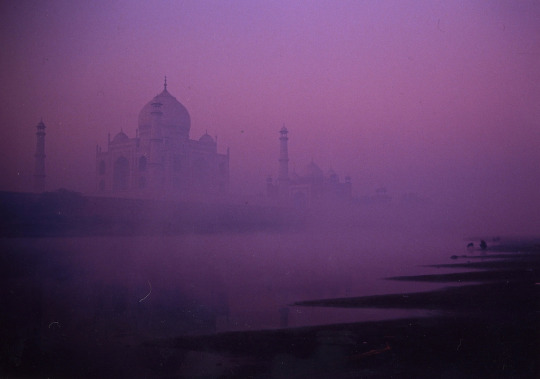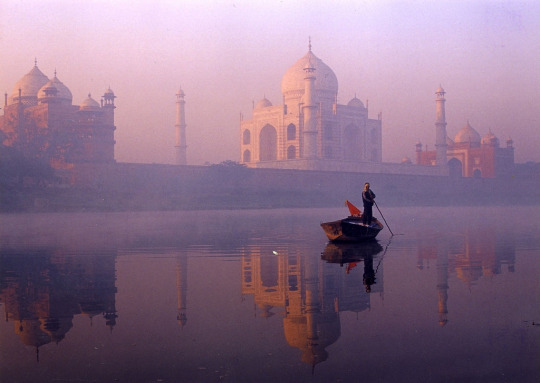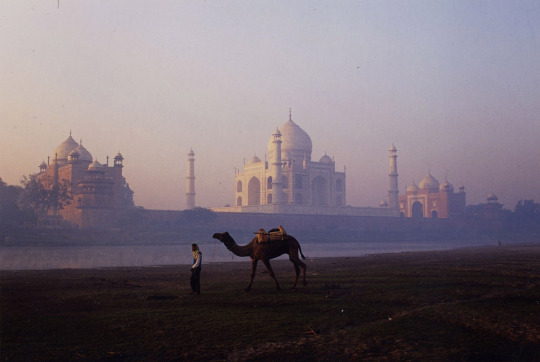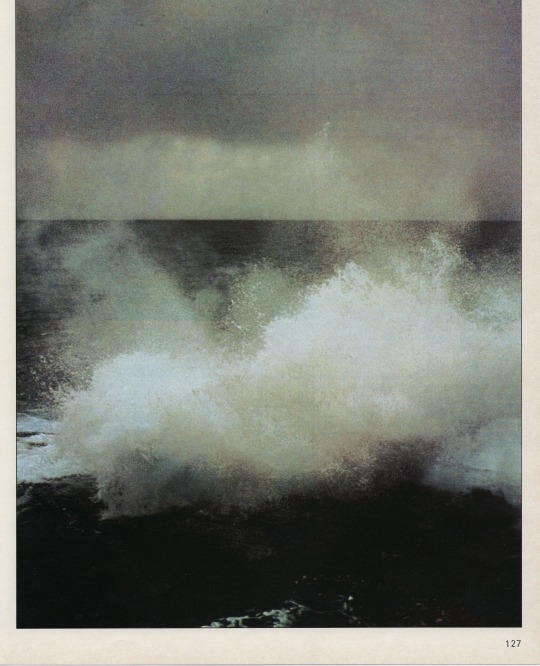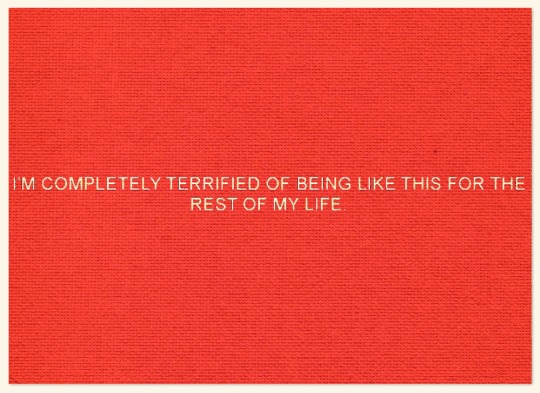Photo

https://www.instagram.com/p/Bhvy7NUhb0v/?utm_source=ig_share_sheet&igshid=1l63e3iirrrie
7K notes
·
View notes
Photo

Hiroshi Hamaya, Peaks of Takachiho Volcano, Kagoshima-Miyazaki, Japan, 1964
more
611 notes
·
View notes
Audio
250 notes
·
View notes
Text
i cant wait to be a piece of shit w/ a bachelors degree
793K notes
·
View notes
Text
“Yes, I was infatuated with you: I am still. No one has ever heightened such a keen capacity of physical sensation in me. I cut you out because I couldn’t stand being a passing fancy. Before I give my body, I must give my thoughts, my mind, my dreams. And you weren’t having any of those.”
— Sylvia Plath, The Unabridged Journals of Sylvia Plath (via coral)
56K notes
·
View notes
Photo

www.redbubble.com/people/colorspinner
20% off sitewide today May 7th
Use code THIS20
213 notes
·
View notes
Text
Edward Hartwig, FOTOGRAFIKA, 1960










photographs and text: Edward Hartwig
graphic design: Tadeusz Galewski (typography)
publisher: Arkady Publishing House, Warsaw
year of publication: 1960 (second edition: 1963)
number of pages: 204 (second edition: 202)
size: 32.5 x 29 cm
cover: hardback, linen with dust jacket
number of copies sold: first edition: 13,400 copies (second edition: 10,200 copies)
Fotografika has long been considered the most important or even the only Polish artistic photo album. In its genre, it is definitely a model and refined work. Edward Hartwig (1909-2003) borrowed its title from the 30 years earlier programmatic work of Jan Bułhak, the creator and theoretician of the Polish pictorial photography school. Hartwig, whose artistic career peaked in the 1960s and 1970s, symbolically set himself as an heir of Bułhak’s tradition, proposing his own, modernised formula of artistic photography. It was a modern formalism, free from national obligations, visual expression preceding the story. The term “fotografika” (photographics) introduced by Bułhak in Hartwig’s case is justified literally, for in a reference to “grafika” (graphic art) the author uses various methods of making his photos look like engravings. Instead of pictorial soft tones, Hartwig introduced radical contrasts, compositions based on rhythm and dynamically framed.
Fotografika is a cosmopolitan work, starting with stickers from international exhibitions and photographic salons reproduced on the flyleaf and ending with a wide-ranging selection of themes – stretches of Polish fields intermingle here with anglers on the Seine, a fragment of a Parisian cathedral adjoins a workshop at the Warsaw Academy of Fine Arts, while nudes and portraits are presented side-by-side with architectural impressions, including modern-style views of the Brussels Expo ‘58. Hartwig can be named as an artist involved in the development of the universal visual language of the late Modernism. The vision of the world presented by him is visually attractive, but uncomplicated. In his introduction Hartwig invokes the classic Platonic formula: “Artistic photography as a discipline of art, the living art of our times, speaks to our contemporaries with a new form of capturing truth and beauty.” In fact, reality is for Hartwig most of all a visual, rather than existential, political or social theme. Hartwig, doyen of FIAP, is preoccupied with aesthetics, a modern formalism.
The book is composed of spreads. Each of them contains two photographs and every such “set”, as Hartwig calls them, has its title, for example “Venice”, “Horizontals and verticals”, “Rooftops of our times”, “Stripes and blotches”, “An avian fair”, “The Earth gives birth and rests”. The list of all sets at the end was printed on an additional page, so that it could consulted when looking at the photographs. Removing captions from the main body of the book emphasises the visual purity of the work. The list of photographs is remarkable for naming the particular camera, lens, type of film, exposure, aperture, brand and type of the developer used and the information whether we are dealing with a full frame or its section.
The author plays with various takes, discovering abstract structures, bold framing and elements of photomontage. The images reproduced bear traces of interference in the darkroom. Hartwig uses a variety of techniques including isohelia. Published in a monumental, almost square size, the book is a kind of template for adepts of modern artistic photography. Beautiful and versatile in its themes and techniques, the publication soon had its second edition with a slightly changed selection of photographs and arrangement of sets. Also available in foreign language versions, it promptly became an international manifesto of photographic art. Fotografika is also a kind of repository of Hartwig’s later work. It contains motifs and themes developed in his next important books, such as The Theater Behind the Scenes, My Land or The Willows.
Łukasz Gorczyca & Adam Mazur
13 notes
·
View notes

